Search Images
Browse Content (p. 1387)
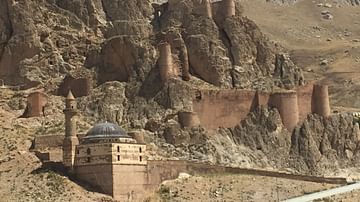
Image
Urartian Fortress & Tomb
The ruins of this fortress (Bayazit Kalesi) and tomb date back to the 9th century BCE Kingdom of Urartu just outside present-day Dogubayazit, Turkey. The Kingdom of Urartu was centered in modern-day eastern Turkey, southwest Armenia, and...
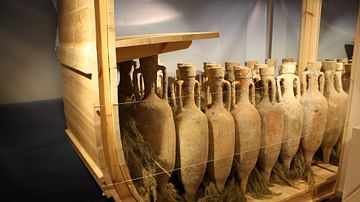
Image
Amphorae Packed for Transportation
A reconstruction showing how amphorae were packed in sailing vessels for transportation across the ancient Mediterranean. (Empuries Archaeological Site Museum, Spain)
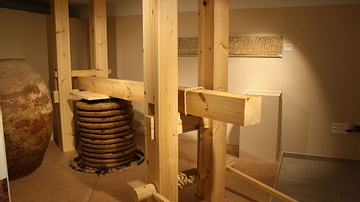
Image
Roman Wine Press (Reconstruction)
A reconstruction of a Roman wine press. (Empuries Archaeological Site, Spain)
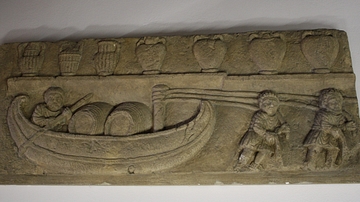
Image
Roman Transportation of Wine
A 1st century CE Roman plaque depicting the transportation of wine in barrels by boat. Discovered on farmland at Cabrières d'Aigues, France. (Brotte Wine Museum, Chateauneuf-du-Pape, France)
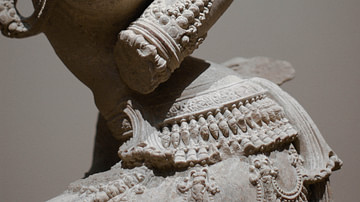
Image
Apsara, Uttar Pradesh
Dancing celestial attendant (apsara). From India (Uttar Pradesh). Early 12th century CE. Sandstone. H. 331/2 in. (85.1 cm) Promised Gift of Florence and Herbert Irving (L 1993.88.2) Metropolitan Museum of Art, NYC.
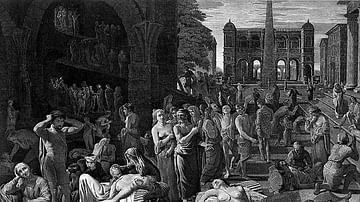
Image
The Plague at Athens
The Plague at Athens' by Nicolas Poussin depicting the infamous plague which struck ancient Athens in 430-427 BCE. (Gallery of Sir Frederick Cook, Richmond, UK)
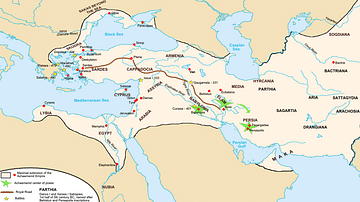
Image
Persian Royal Road
Map of the Persian Royal Road from Susa to Sardes.
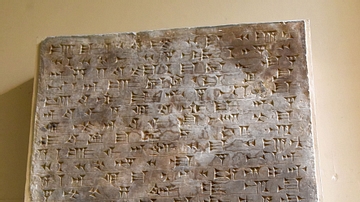
Image
Assyrian Door-sill
The cuneiform inscription gives the name and genealogy of Adad-nirari III (reigned 810-783 BCE) and was written in doorways of a palace built during his reign. Assyrian, 9th-8th centuries BCE. From Nimrud (ancient Kalhu, Mesopotamia), Upper...
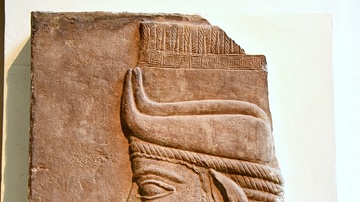
Image
Assyrian Winged-bull Head
This fragment of a human-headed winged-bull, from Tiglath-pileser III's palace, is carved in low-relief like a wall panel. There is a marked contrast with the colossal figures in very high relief, of both earlier and later periods. Assyrian...
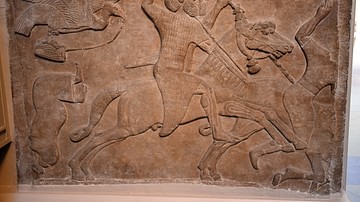
Image
Assyrian Battle Scene
Assyrian relief, from the Central Palace at Nimrud (ancient Kalhu), Mesopotamia, modern-day Iraq; reused later in the South-West Palace, from the reign of Tiglath-Pileser III, c. 728 BCE. An enemy horseman is ridden down by a pair of a armored...